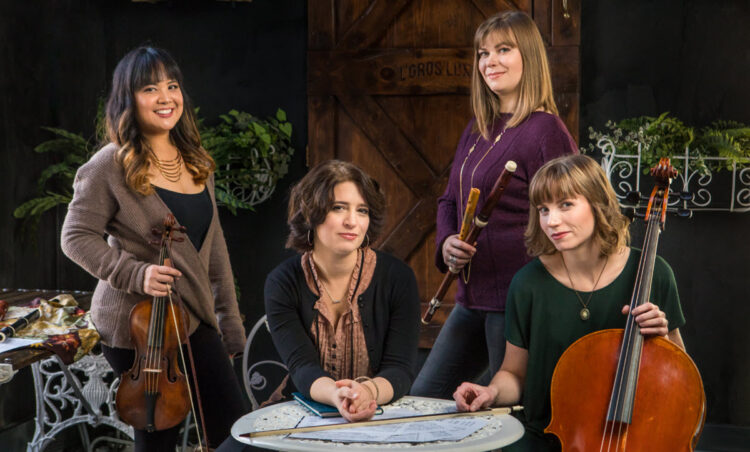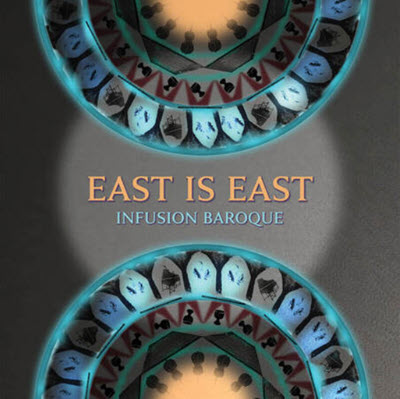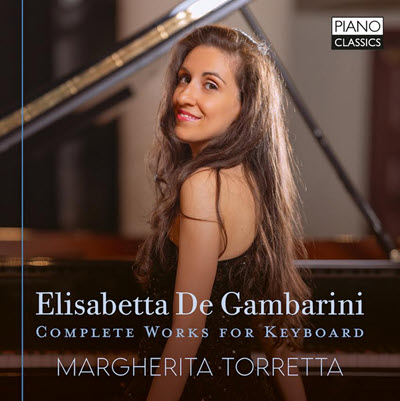by Stephanie Manning
Published April 1, 2024
East is East. Infusion Baroque. Leaf Music LM276

“East is East, and West is West, and never the twain shall meet,” declared Rudyard Kipling in his 1889 poem “The Ballad of East and West.” Misinterpretations have often cast this as a racist sentiment, but Kipling’s next few lines suggest that a face-to-face meeting between cultures would quickly dissolve all binaries.
This belief in mutual respect between cultures also imbues the creative approach of the Montreal-based ensemble Infusion Baroque. Their latest album, East is East brings together music traditions from both sides of the globe for a collaborative project striking in its sincerity and thoughtfulness.

The project’s intention “is to blur the lines between what we consider Western classical early music and world music,” said violinist Sallynee Amawat in a 2022 Early Music America profile. To do so, she and Infusion Baroque colleagues Alexa Raine-Wright (flute and recorders) and Andrea Stewart (cello) joined forces with a slew of guest artists from primarily Persian and Indian classical traditions.
At the center of this melting pot is Amir Amiri, whose compositions and arrangements provide the driving force for the album’s journey. He also contributes crisp, confident santur playing that makes his command of this Iranian instrument evident. In La bergamasca, improvised passages from Amiri and others are interspersed with traditionally composed sections by Marco Uccellini (1603–1680) and Giovanni Battista Vitali (1632–1692). All instruments get a turn with the “East” and “West” elements, with both sides refreshing and new.
La folia gets this same treatment in another arrangement from the Infusion Baroque members, interpreting this joyful folk dance via versions from Spain, Italy, France, and beyond. The chamber ensemble gives a charmingly spirited performance, rounded out by Thibault Bertin-Maghit (double bass), Hank Knox (harpsichord), and Hamin Honari (tombak and daf).
Deepa Jyoti – Sandya Raga and Suite in Raga Gujari Todi also include the talents of soprano Vidita Kanniks and tabla player Shawn Mativetsky. Kanniks’ arrangements here complement both the percussion and her excellently clear timbre, her voice evocative and ethereal by turn.
The album feels more like a complete, 57-minute experience than a collection of individual pieces. But perhaps the most memorable is Cortège, an Amiri original which combines not only Persian and Western elements but also Cuban rhythms from his past collaborations. The contemplative funeral march is seamlessly swept up into a celebratory rhythmic section with the most technically intense playing from flute and strings.
The ensemble refuses to fall into the trap of musical exoticism — so when Johann Joseph Fux’s Sinfonia a 3 in C Major, K. 331 appears towards the end of the album, it does so recontextualized and sounding not at all out of place. Fux (1660–1741), influenced by the alla turca style of the time, modeled the piece after the Turkish army’s siege of Vienna in 1683.
In most performances, the last movement — “Posta turcica” — fades out into the distance, perhaps referencing the invading army’s retreat. But Infusion Baroque’s version refuses to diminish the dynamic level, keeping East and West on even ground through to the very end.
Stephanie Manning is a regular correspondent for ClevelandClassical.com and was a fellow at the 2022 Rubin Institute for Music Criticism. A graduate of Oberlin Conservatory, she currently studies journalism at Concordia University in Montreal. For EMA, she recently wrote about rediscovered music by Pauline Viardot.




